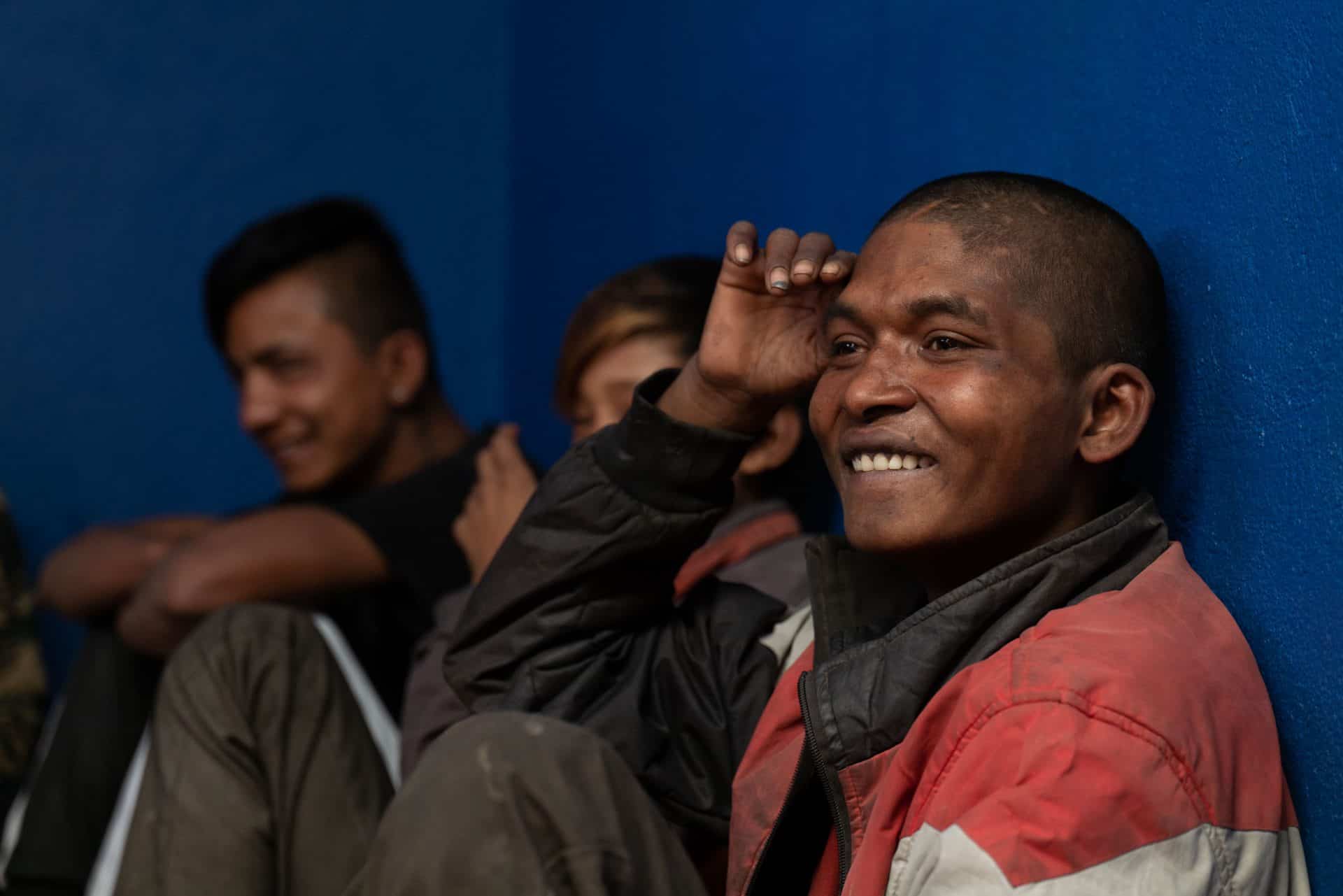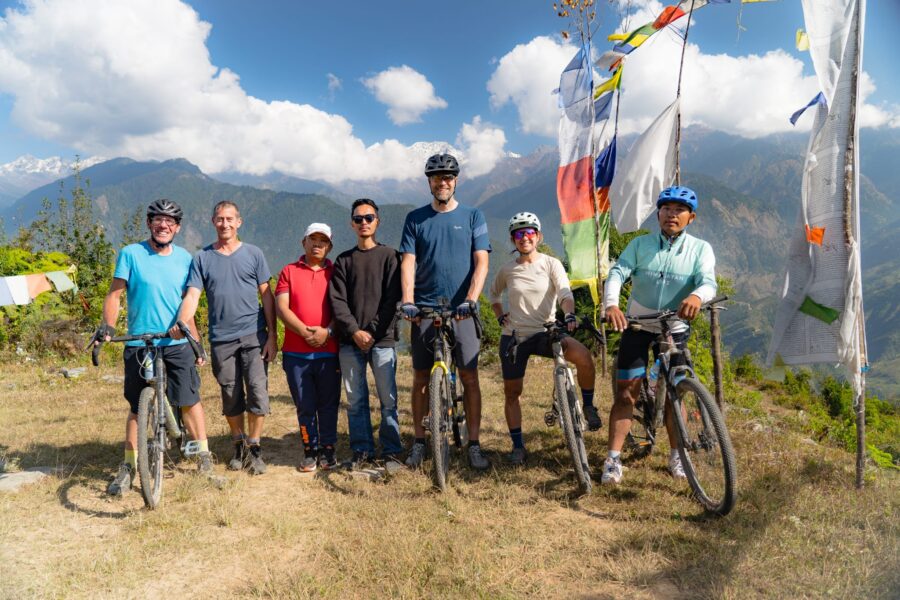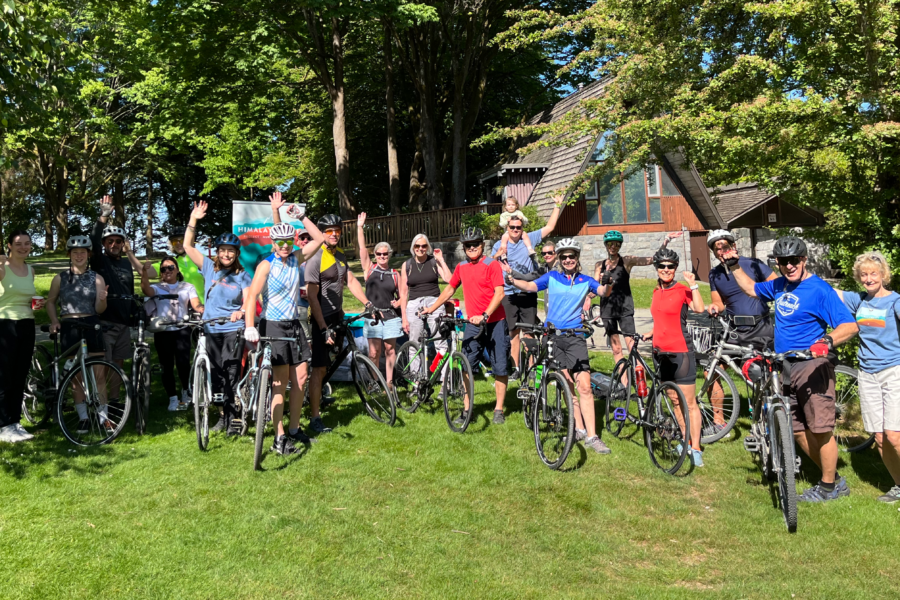Background
The word in the Nepalese language for street-children is ‘kaaThe’. This word expresses disgust and even hatred. Consequently, the children are looked down upon – no one likes the dirty gangs of glue-sniffing kids who roam the streets in search of food and anything that can be sold.
Often, the street kids are abandoned children who have migrated to the city from the villages in search of a better life. Once in the city, they find their hopes shattered in the blink of an eye: instead of making a quick buck, the sad circumstances of their lives are quickly compounded by issues such as survival by scavenging, police brutality, public hatred, gang pecking, ill-health, sexual exploitation, addiction, and so on.
Street Kids in Pokhara Quick Facts:
- A well-rounded off cluster of programs to address the complex and varied needs of street children, such as basic protection, nourishment, shelter, comprehensive care, detox, counselling, and education
- Located in Pokhara, Nepal
- Presently serving some 112 children
- 20 dedicated, loving, competent staff between the Street-Kitchen, Shelter, the Street-2-School Homes and the Vocational Training Program.
- Incorporated under the Social Welfare Act with the Government of Nepal
- Project partner and supervision: HL-Canada and HL-Switzerland
Watch the trailer of the film Forgotten Ones which follows the lives of street children in Pokhara.
For more information regarding the full-length film, visit our Forgotten Ones webpage.
Street Kids in Pokhara:
Himalayan Life is standing in the gap for street children with a variety of programs.
Street Kitchen and Drop-in Facility
At the Street Kitchen and the adjacent Drop-in Facility located in downtown Pokhara, the children can stop by for a hot meal or simply to take a break from the relentlessness of their lives on the street. The Himalayan Life staff are there to help in whatever way needed and appropriate (first aid, counselling, friendship). It was the streets and alleys of Pokhara that inspired the first street kitchen, a place that remains a beacon of hope in the days of the children. Here, they are welcomed every day for food and hope, for a wash and a song, for a taste of love – since most have forgotten what love is.
Shelter
Here, these children are offered an escape from the disorder of the streets into the order of the Shelter. They are invited to join in a system: beds are made, shoes are organized, children sing and clap together before their dinner. The shelter opens daily at 5 PM. The kids have access to hygiene, they play sports, and they get a clean bed with a roof over their heads. There is time to share stories, to play, and to sing. The Himalayan Life shelter is a drug and alcohol-free environment; this is where the first steps are taken towards transformation.
Himalayan Life provides the children with every possible support and rehab to overcome their deep trauma. Unfortunately, in some cases, the glue-sniffing has already left a permanent mark on the kids – the challenges are formidable.
Street-2-School Homes
Education is a key ingredient to the sustainable transformation in the lives of street children. Right from the beginning, the children are given the opportunity to participate in non-formal education programs. Once they are more settled at the shelter, the younger kids (up to 10 years) are encouraged to attend regular school, and transition to the Himalayan Life Street-2-School Home. Currently, we have three homes including the newest Street-2-School Girls home that opened August 2020.
Vocational Training
For the older kids, going to school is unfortunately difficult, as they have never been to school and it is simply too late to catch up with their peers. This is one of the reasons why we have started Himalayan Life Plastics – a social enterprise in the field of plastic recycling. In the framework of this industrial enterprise, we are offering Vocational Training Opportunities to teenaged street kids. Here they learn trades such as welding, plumbing, carpentry, mechanics, and electrics. They spend time in the classroom, the training workshop, and in the various departments of the plant. Moreover, they learn to integrate into the plant’s community, comprised of some 60 staff. The daily routine working from 9am to 5pm helps significantly in overcoming substance abuse.
Photos courtesy of Peter Schaeublin (www.peterschaeublin.com) & Inmist Media House (http://inmistmediahouse.com/)







